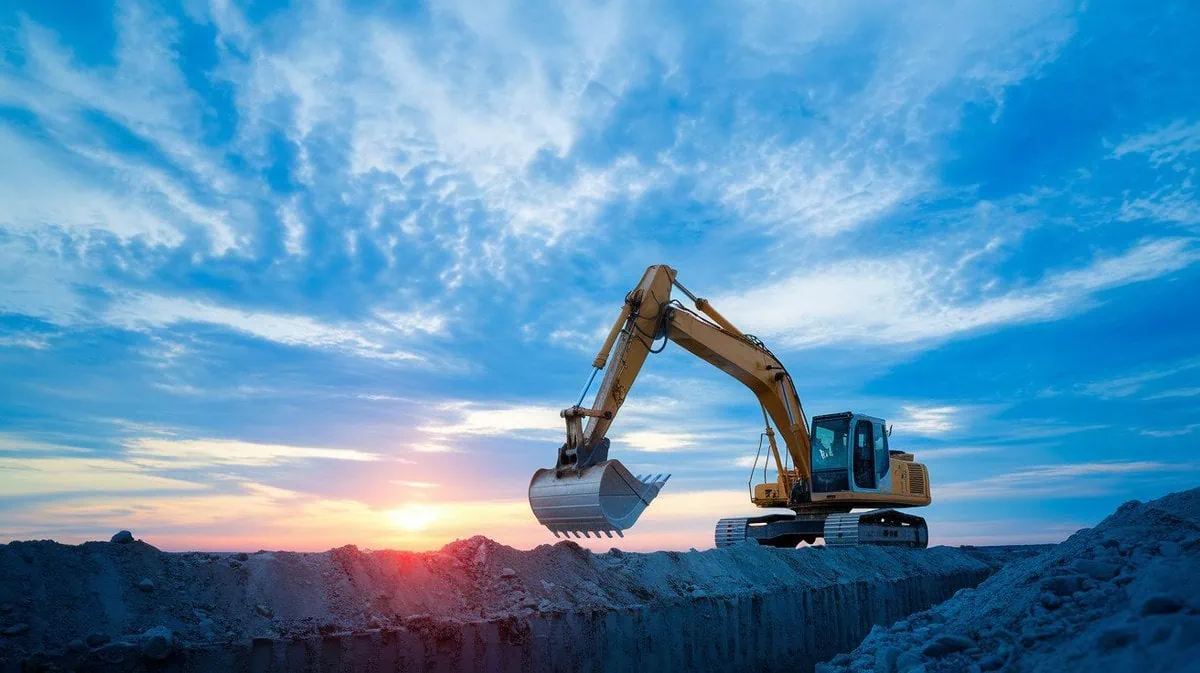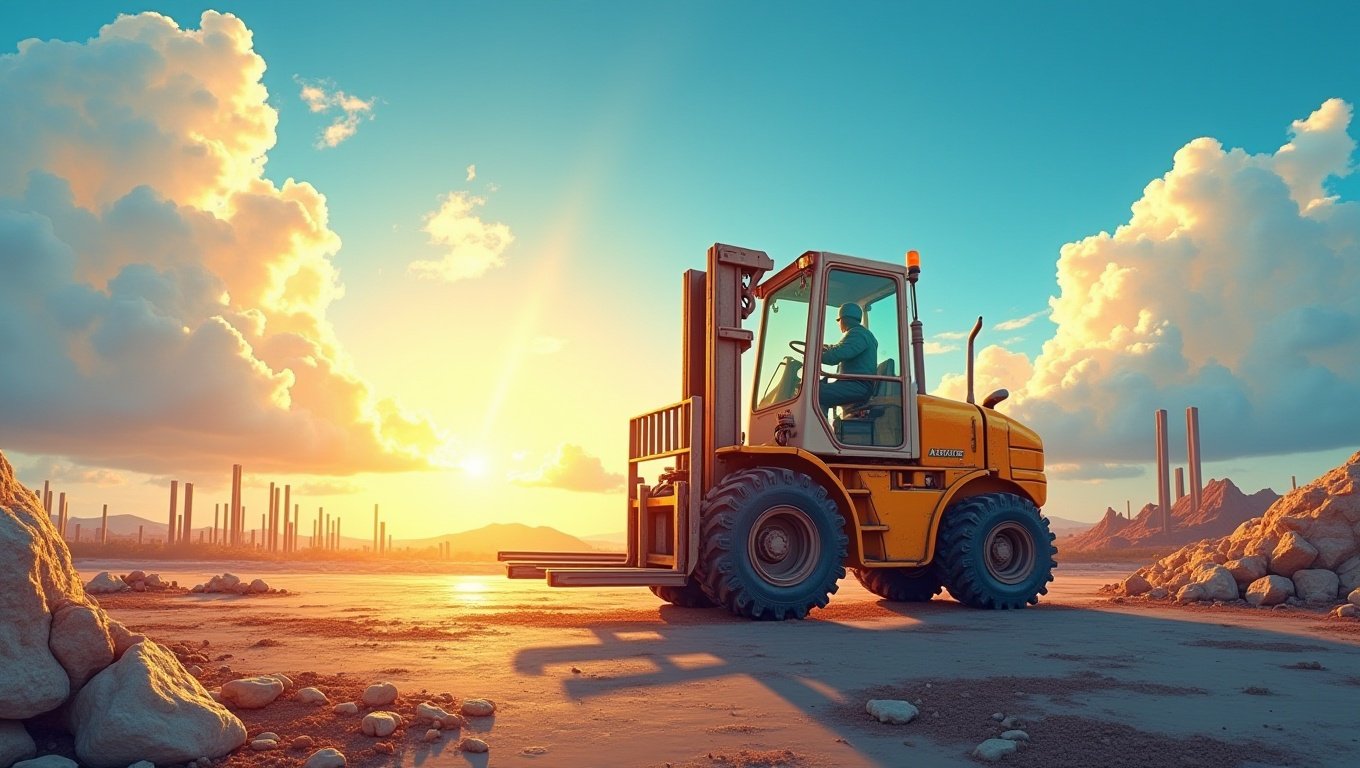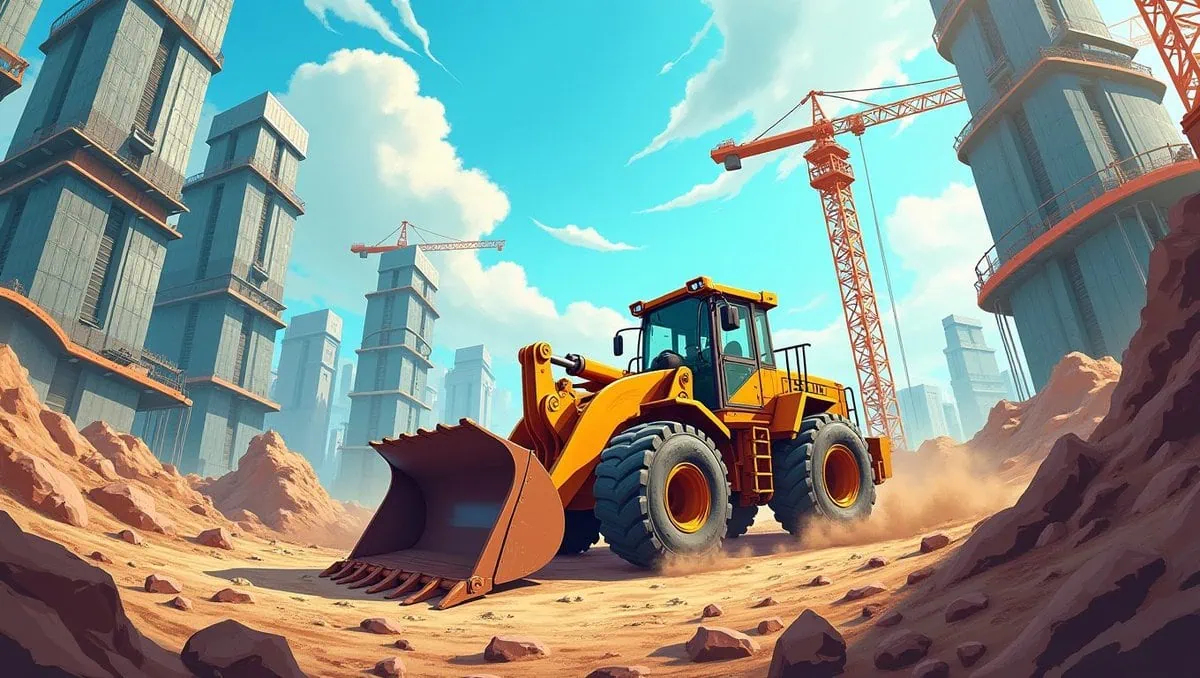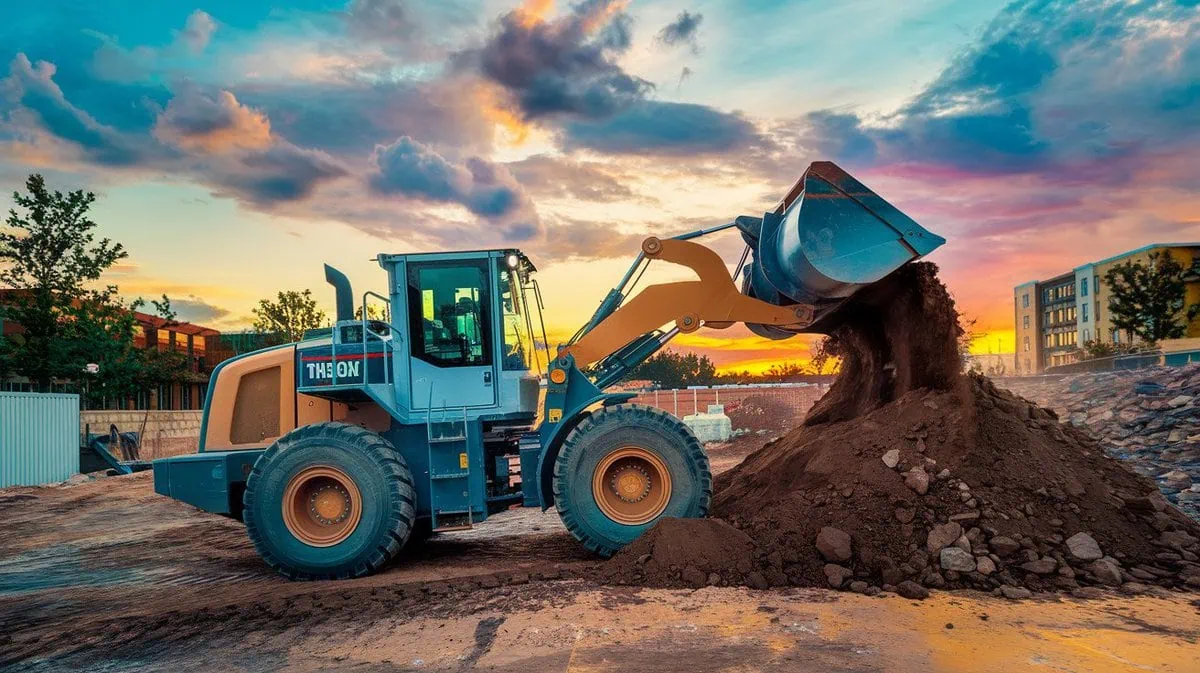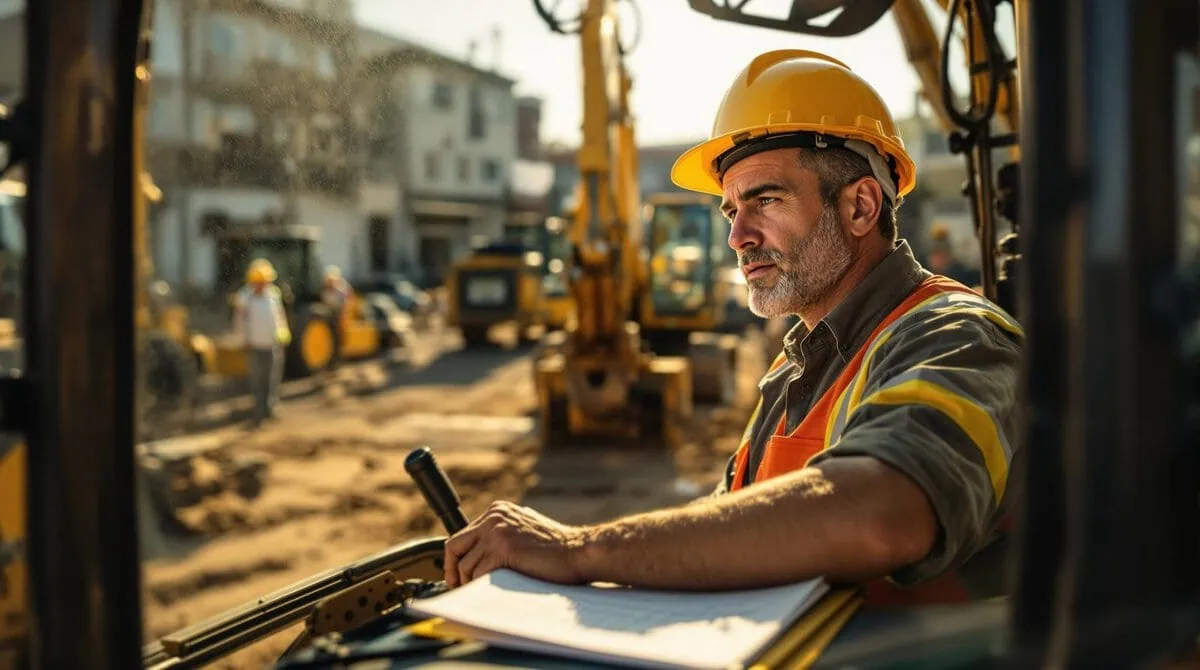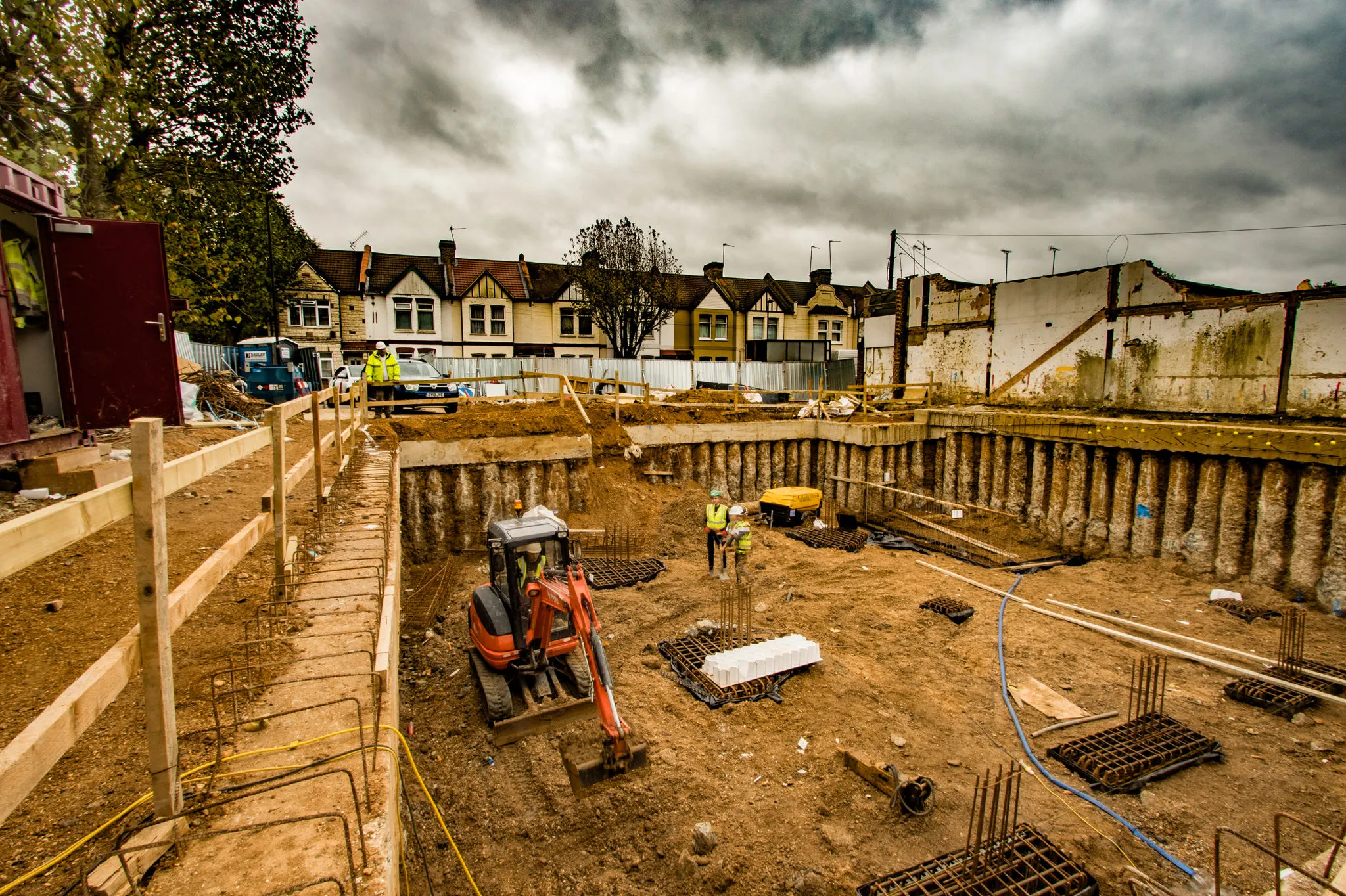Choosing the right size фронтальный погрузчик for your work can be the difference between a profitable job and a losing job. You may not be utilizing your machine enough, or you could wear it out quickly. You could be paying for an oversized engine, a larger bucket, and a bigger machine then you need. On the reverse, if you have an undersized machine, you’ll work them to death and probably have some problems. Using the right tool for the job is one of the benefits of owning a wheel loader. In this article, we’ll tell you how to choose a wheel loader size that works well for you in your environment.
Selecting the right Размер колесного погрузчика is crucial for maximizing productivity and minimizing costs. Whether you’re handling light-duty tasks or heavy-duty operations, the right loader size ensures efficient work and the longevity of your equipment. Here’s how to determine the perfect wheel loader size for your project.
I am going to talk about how to choose the perfect size wheel loader based on where you’re going to work, what you’re going to do, and how you’re going to do it.
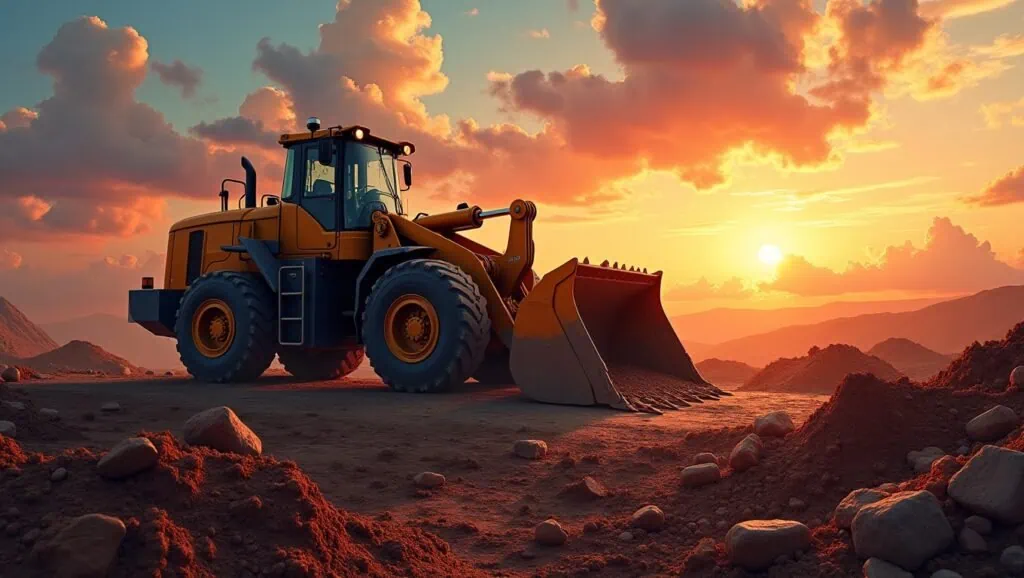
1. What Factors Affect Wheel Loader Size Selection?
There are some variables to consider when you’re picking the appropriate wheel loader size. What’s right for you depends on where you’re going to work, what you’re going to do, how you’ll do it and the material you’re working with. There are some variables to understand.
You choose the right size wheel loader based on the type of job you are doing, the weight of the material, the terrain on which you work, and how much space you have on the job site. Using these elements will help you end up with the right size machine so you can operate efficiently and not pay for some big engine you don’t need, a big bucket, or a bigger machine than what you need.
Here are the key factors that affect Размер колесного погрузчика selection:
| Фактор | Impact on Wheel Loader Size |
| Job Type | Heavy-duty projects like mining or construction require larger loaders, while light landscaping tasks may need a smaller loader. |
| Material Weight | Handling heavier materials, like rocks or debris, requires a loader with a larger capacity to manage the weight efficiently. |
| Местность | If the terrain is rough or uneven, you may need a more compact and maneuverable wheel loader to ensure stability. |
| Site Space | A small site may benefit from a smaller wheel loader that can easily navigate tight spaces, while large open sites may support a larger machine for quicker work. |
So let your job requirements and the environment where you’ll be operating the wheel loader guide your choice in Размер колесного погрузчика so you can be cost-effective.
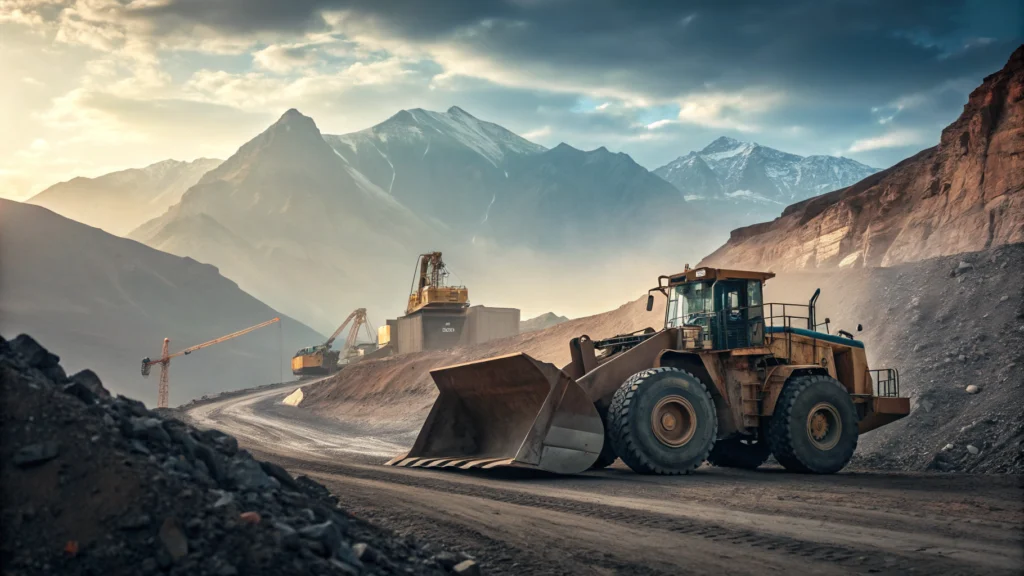
2. How to Match Wheel Loader Size to Your Job Site?
The big guide answers the question of how to choose the right Размер колесного погрузчика based on where you’re working, what you’re doing, and how your work.
Your choice of Размер колесного погрузчика should be based on the type of job you’re doing, the terrain you’re working on, the amount of space you have, and what you need to do. A wheel loader that fits the job site and the job has the potential to help improve operations.
For example, if you’re operating in a quarry mining application where you’re moving a lot of tons of rock, a larger wheel loader is more cost-effective for moving that material.
However, if you’re running a construction job with a lot of tight space or terrible terrain, a smaller, more maneuverable wheel loader is the machine for you. It can work in smaller areas and still move all the material you need.
| Job Site Condition | Ideal Wheel Loader Size |
| Narrow or Confined Space | Smaller, compact loaders (e.g., 2-3 ton loaders) |
| Rough or Uneven Terrain | Medium-sized loaders with good maneuverability |
| Large Open Areas | Larger loaders (e.g., 5-7 ton) for high material handling |
Knowing the conditions of your job site will allow you to choose the perfect Размер колесного погрузчика that ensures safety, efficiency, and cost control.
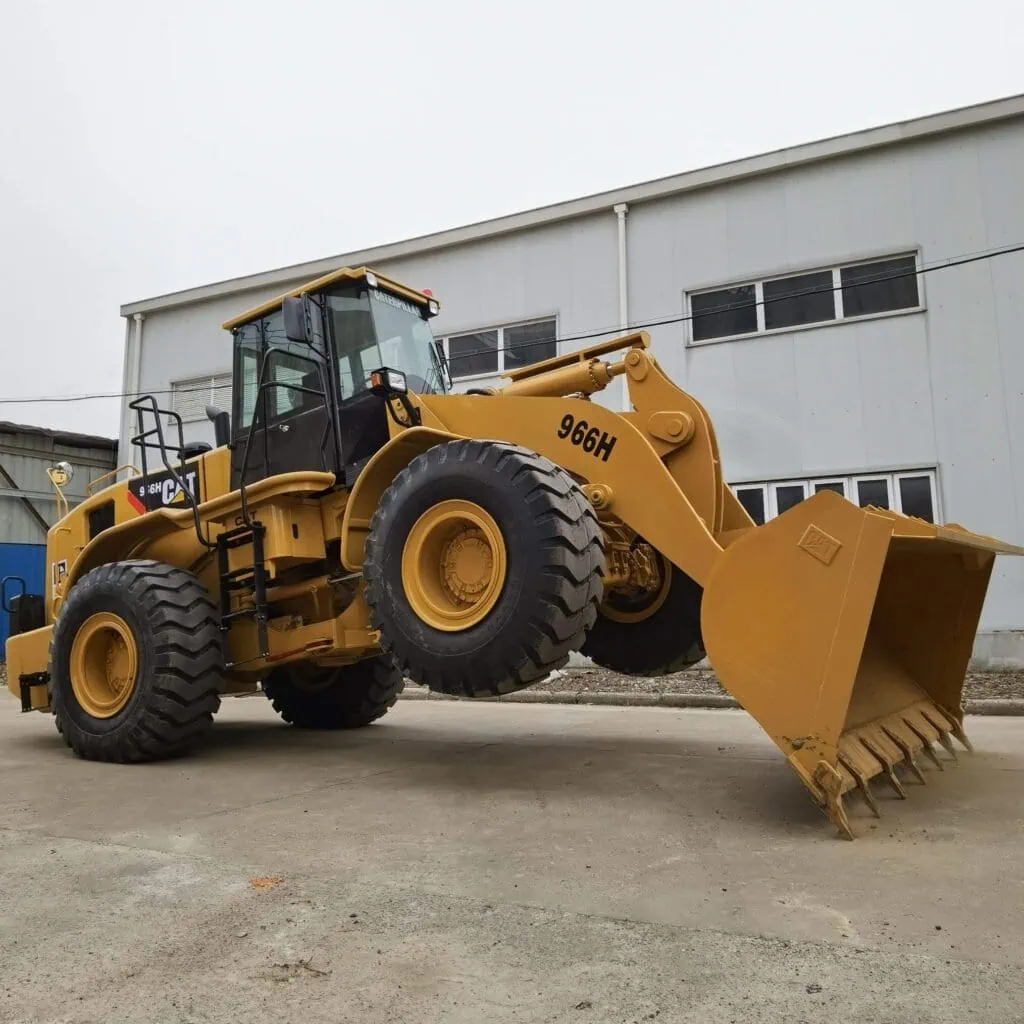
3. What is the Difference Between Small, Medium, and Large Wheel Loaders?
At the end of the day, you’ll find wheel loaders in all shapes and sizes. Everything from small, compact wheel loaders to larger, heavy-duty machines. Here’s the difference between all these machines and their sizes.
Wheel loaders have three different primary size categories: small, medium, and large. Each size serves a specific purpose. Small is for tight construction sites, medium loaders are for general all-purpose use, and large loaders are for either mining, or heavy, hardcore dirt-moving.
Here’s a breakdown of the key differences between small, medium, and large wheel loaders:
| Loader Size | Common Applications | Loader Weight | Capacity |
| Small Loaders | Landscaping, road work, light construction | 2-4 tons | 0.5-1 cubic meter |
| Medium Loaders | Construction, material handling, agriculture | 4-6 tons | 1-2 cubic meters |
| Large Loaders | Mining, heavy construction, large earthmoving projects | 6+ tons | 2+ cubic meters |
A small wheel loader is for jobs where you work in a tight space. A medium wheel loader gives you the most versatility to do the most tasks. While a large wheel loader is for large, heavy-duty jobs, like mining or earthmoving.
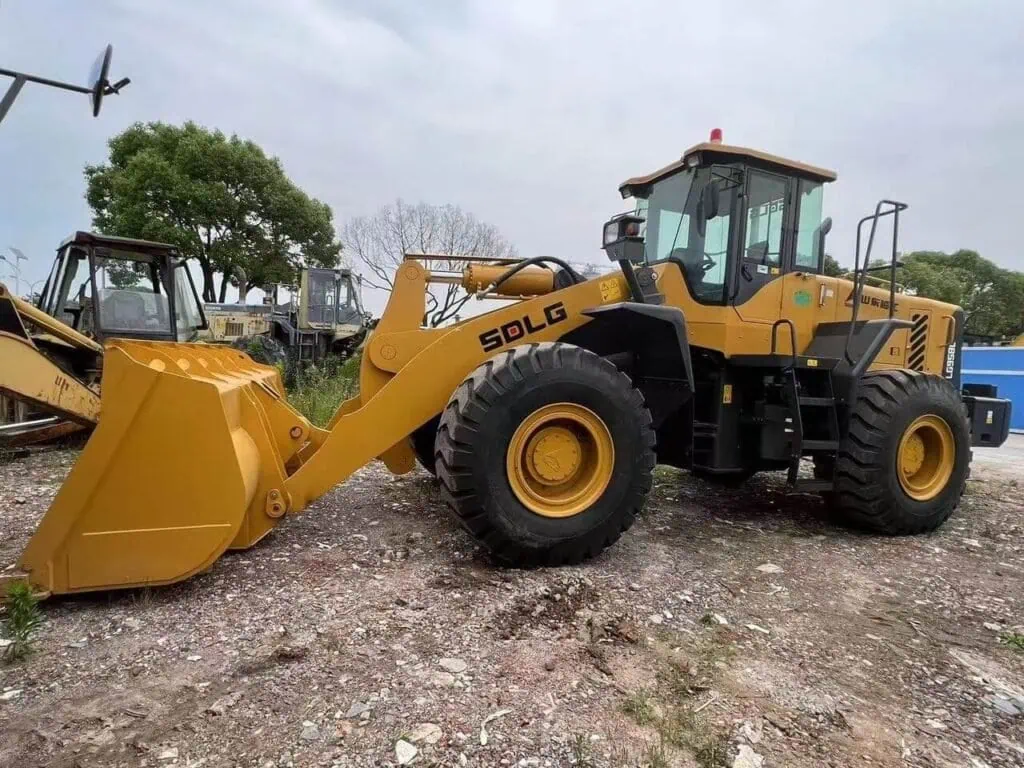
4. How to Calculate the Right Wheel Loader Size for Your Load?
The size of the wheel loader you choose is going to be highly dependent on how much weight it must carry. Make sure the wheel loader can carry the weight of most of the material you’re moving. This will help protect the machine and make you more productive.
To determine the right Размер колесного погрузчика for your load, know the weight of the material you’re moving, the weight of the bucket, the weight of a full bucket, and the lift capacity of the loader. You don’t want a wheel loader that is too big because it costs more to acquire, and you don’t want one that is too small because it will be slower, cost you production time, and potentially damage the machine.
Estimate the maximum amount of load you’ll need to carry on this job. If you are moving heavy, dense material like rock, sand, or road base, you need a loader with more capacity. If you are moving a lot of rock and sand, you’ll need a bigger loader. If you are moving light material like gravel or dirt, you can get by with a smaller wheel loader. Always take into consideration the lifting capacity of the loader and its efficiency.
| Load Type | Recommended Wheel Loader Size | Required Capacity |
| Light Materials (Dirt, Gravel) | Small to medium loaders (2-5 tons) | 0.5-2 cubic meters |
| Heavy Materials (Rock, Concrete) | Large loaders (6+ tons) | 2+ cubic meters |
If you have the right size of the loader to handle that load, then you can move the load all day without overloading the machine, which is safer and makes you more productive.
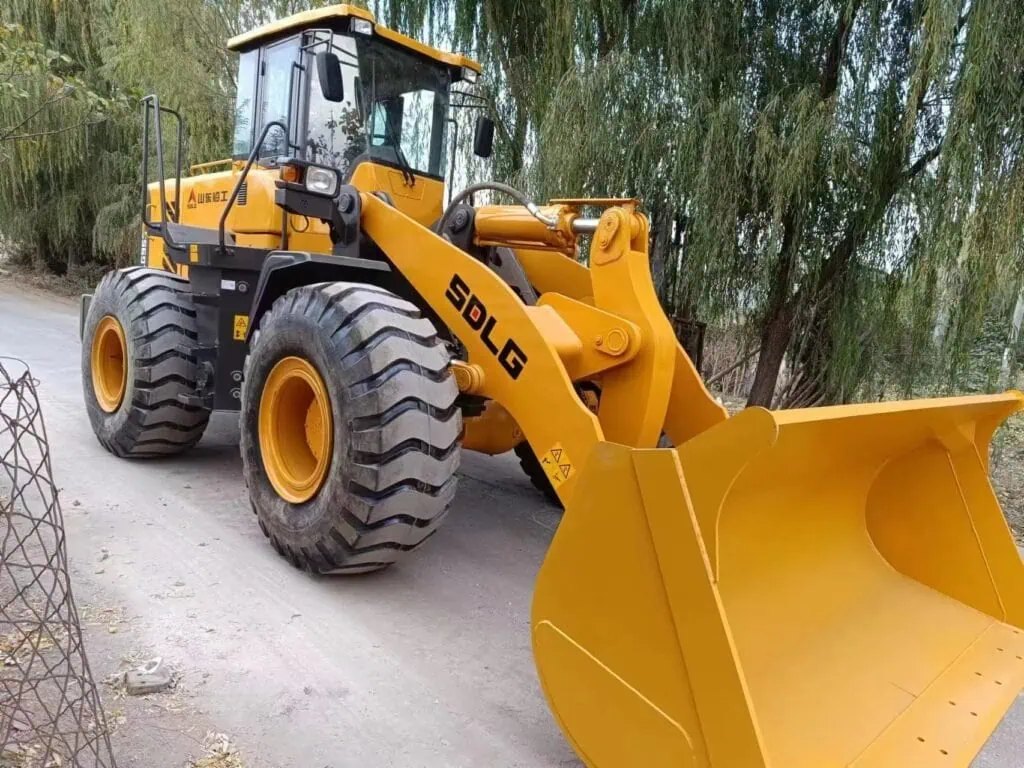
5. How to Choose a Wheel Loader Based on Budget?
Budget often dictates how large a wheel loader you can afford. However, ensure you match the size of the loader and your budget with your job site’s needs, to guarantee your wheel loader lives up to your project’s requirements without you spending too much money.
When you pick the right Размер колесного погрузчика for your job based on what you can afford to pay, understand what you’re paying upfront versus the expected life and the maintenance costs. Get the biggest wheel loader you can afford with the longest life at the cheapest maintenance cost that will do your job.
While larger wheel loaders are more expensive, they’re what you need to handle massive amounts of material or big jobs. Smaller loaders have a lower cost upfront, but they might not be tough enough to do what you need them to do. Remember, don’t just look at the cost to buy the loader; think about the life of the loader, the maintenance, the fuel it burns every day, and the repair bills.
| Budget Range | Ideal Wheel Loader Size | Pros and Cons |
| Low Budget | Small loaders (2-4 tons) | Lower upfront cost, but limited in capacity |
| Mid Budget | Medium loaders (4-6 tons) | Versatile, good for most jobs, moderate cost |
| High Budget | Large loaders (6+ tons) | High capacity, suited for large projects, high cost |
If you can pick your wheel loader by what you can afford to pay, you can invest in the right-sized machine for the value you’re going to get long-term without you spending more money.
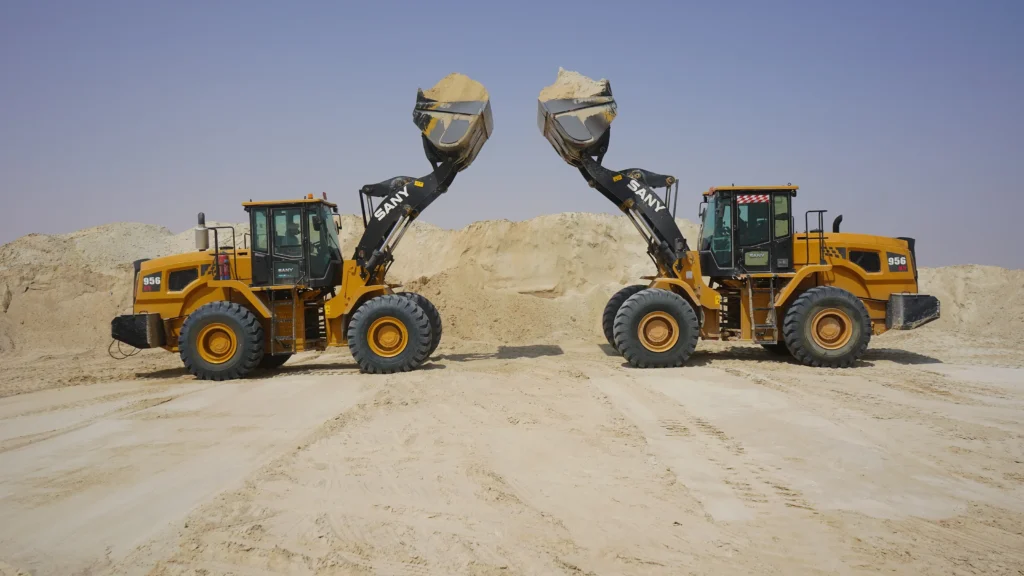
6. What is the Capacity of a Wheel Loader?
How much weight your wheel loader has to carry is the most important factor. Your wheel loader has to be able to carry the load you ask it to lift and move without breaking and without frustrating you.
Some of these wheel loaders are rated by the size of the bucket they have on them, while others are rated by how much weight they can lift and carry. The capacity of the wheel loader is everything. You need to pick the right capacity so it can safely and securely carry the material you want to without overloading the loader.
For the small ones, it’s the cubic meter of what their bucket can hold or pick up and carry. Some of these smaller loaders are going to have a half of a cubic meter capacity. Some are going to have a 1 cubic meter capacity. Then, as the loaders get bigger, you can get them with a 2 cubic meter. If you’re looking at a wheel loader, make sure the capacity is the right size to move the material that you’re going to ask it to move without killing it.
| Wheel Loader Size | Емкость ковша | Material Handling Efficiency |
| Small Loaders | 0.5-1 cubic meters | Ideal for light materials |
| Medium Loaders | 1-2 cubic meters | Versatile for construction |
| Large Loaders | 2+ cubic meters | Handles large, heavy materials |
By matching the loader’s capacity to your material requirements, you can ensure smoother operations and avoid potential overloading or inefficiency.
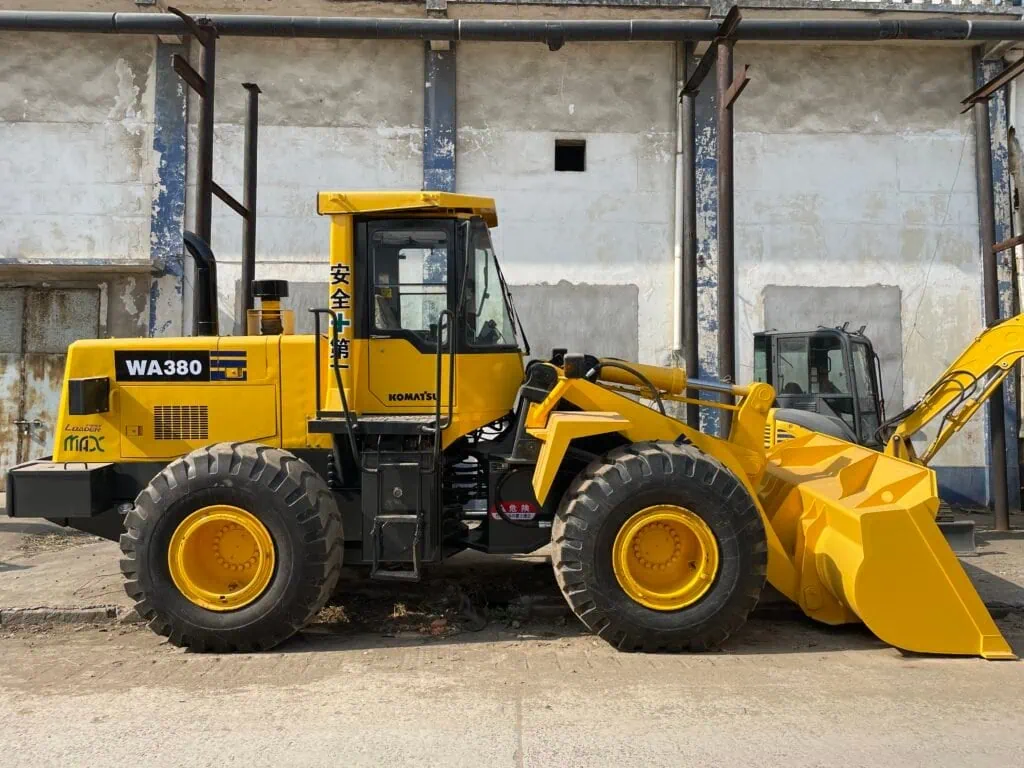
7. What is Tire Load Carrying Capacity?
You also need to be aware of what the load-carrying capacity of the tire is on your wheel loader. You are going to want to make sure that the tires have adequate load-carrying capacity for the work and the materials you are moving. If not, your tires are going to break down, and you’re going to have a dangerous machine. Understand the tire specs when you operate your wheel loader.
The tire load carrying capacity for your wheel loader is another big issue to consider. The result of undersized tires in this part of the universe is that your tires are going to spend a lot of time breaking down, and you have a dangerous machine. Understand tire specs when you run a machine with tires.
So, when you’re choosing a wheel loader, make sure that the tire load carrying capacity is enough that the tires can handle the machine and the load you’re asking of it. If you don’t, you can wear tires out prematurely, run less efficient, and in some cases, run unsafe.
| Tire Load Carrying Capacity | Recommended Wheel Loader Size | Погрузочно-разгрузочные работы |
| Low Capacity | Small loaders (2-4 tons) | Light materials, short-distance work |
| High Capacity | Medium to large loaders (4-7 tons) | Heavy materials, long-distance transport |
So, make sure that the load capacity for the tires lines up with the capacity of your wheel loader, and the load which you will ask the loader to pick up. This is a significant factor in being productive and having a safe operation.
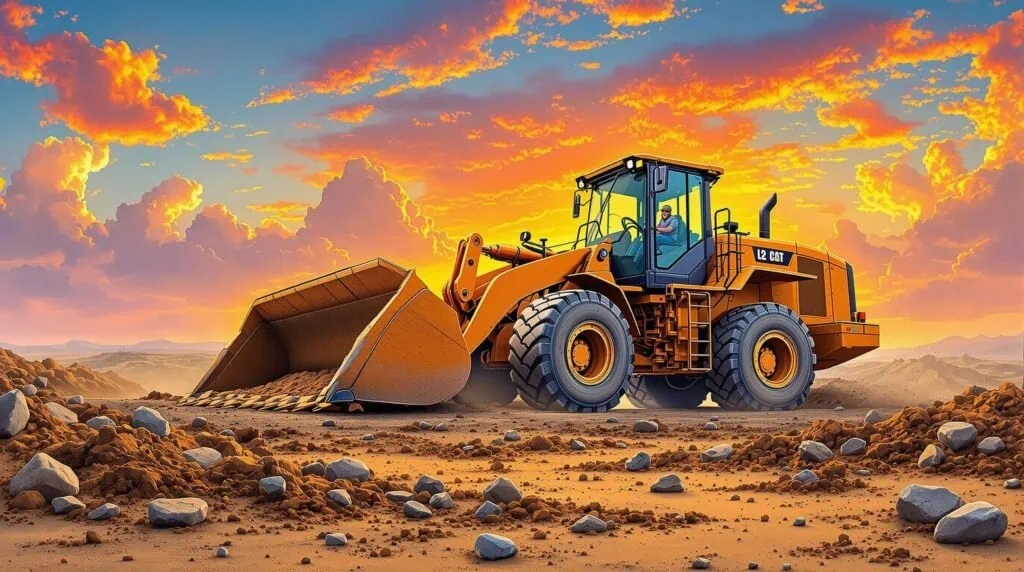
8,How to Determine the Right Wheel Loader Size for Your Project?
Make sure that you buy the right size wheel loader for your job. The right size loader depends on the type of job you are running, the materials’ weight, the terrain of your job site, and the overall space you have in your job site. If you buy the right size wheel loader, you will run smoother, more efficiently, and safer, not to mention your job will be done faster.
How do you know what size wheel loader to buy? Besides your job site, the types of materials you move, or the site’s conditions to these materials, can help you determine what size wheel loader you need. The loader’s lift capacity is the tipping point of safety and productivity.
The type of job you’re doing can also help you decide on the correct loader size. Unfortunately, picking a loader size is not a one-size-fits-all choice. If you are picking up heavy materials like rocks, you need a larger wheel loader. If you’re picking up light materials like sand or gravel, a small wheel loader will move them more efficiently. Also, consider your job site’s terrain and access.
A small loader’s more maneuverable to work in a tight area, whereas a big loader will better work in the mud, dirt, and muck because the machine’s weight may be enough to get a good bite and grip on your jobsite. So, when choosing the right wheel loader size, keep those considerations in mind.
| Factors to Consider | Small Loaders (2-4 Tons) | Medium Loaders (4-6 Tons) | Large Loaders (6+ Tons) |
| Material Type | Light materials (gravel, sand) | Medium-heavy materials (soil, rocks) | Heavy materials (rocks, boulders) |
| Site Conditions | Tight spaces, urban areas | Construction sites, moderate terrain | Mining, quarry, large-scale construction |
| Load Handling | Low to medium loads | Medium to heavy loads | Heavy to extra heavy loads |
| Маневренность | High | Moderate | Low |
| Cost | Low initial and operational cost | Moderate cost | High initial and operational cost |
| Топливная эффективность | High | Moderate | Low |
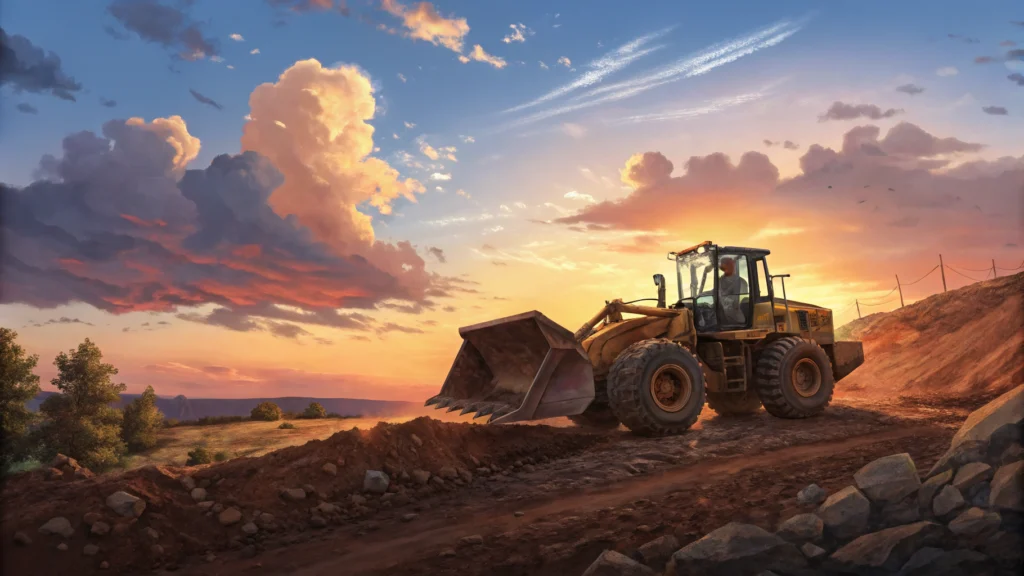
Finally, All Размер колесного погрузчика for reference:
| Wheel Loader Size | Typical Weight | Емкость ковша | Common Applications | Ideal Job Types | Преимущества | Limitations |
| Small Loaders (2-4 Tons) | 2-4 tons | 0.5-1 cubic meters | Landscaping, small construction, road work | Light-duty work, small construction projects, urban areas | Highly maneuverable, lower cost, easy to transport | Limited load capacity, not suitable for heavy-duty tasks |
| Medium Loaders (4-6 Tons) | 4-6 tons | 1-2 cubic meters | Medium construction, material handling, agriculture | Versatile applications in construction, material handling, agriculture | Balanced size, cost-effective, flexible for different tasks | May struggle with extremely heavy materials |
| Large Loaders (6+ Tons) | 6+ tons | 2+ cubic meters | Mining, large-scale construction, heavy material handling | Heavy-duty earthmoving, mining, quarry work | High load capacity, powerful performance, ideal for large projects | High cost, larger footprint, more fuel consumption |
| Compact Loaders | 2-3 tons | 0.4-0.6 cubic meters | Small spaces, urban construction, narrow areas | Tight spaces, road work, smaller construction projects | Compact design, excellent maneuverability, low operational costs | Lower capacity, limited to lighter material handling |
And, if you want to know more information about wheel loaders,end loader,cat loader sizes,wheel loader with bucket,compact wheel loader,cat loader size chart,wheel loader specs,john deere wheel loader sizes,wheel loader size comparison chart,Пожалуйста, не стесняйтесь контакт с нами.
Summary:
Selecting the right Размер колесного погрузчика has significant implications for your job’s productivity and your job’s operational safety. By considering factors like load capacity, tire load capacity, and your job conditions, you can run a machine that will work well for your job site conditions and general operational needs. Whether you have a small loader, medium loader, or large loader, pick the correct size wheel loader for your job requirements, and you’ll increase your chances significantly of making money and having a successful project and job.

